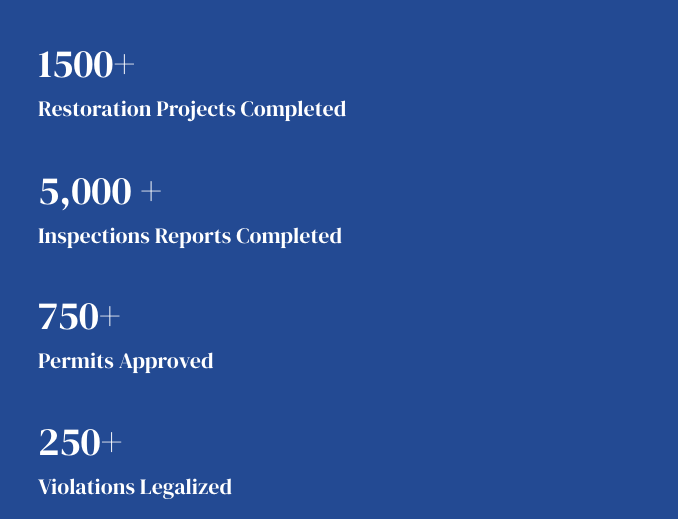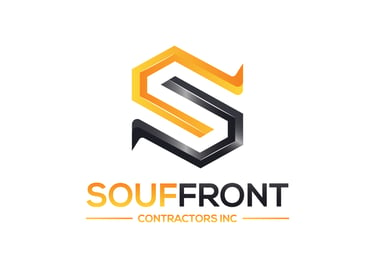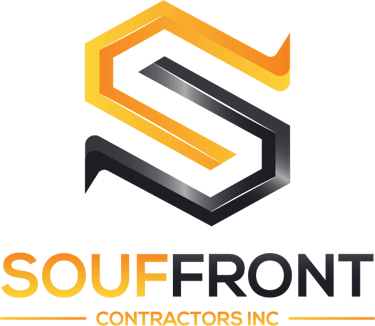Expert Engineering Reports for Comprehensive Seawall Inspections, Repairs, and Full Construction.
Seawall Inspection Reports
In this article, we dive into the importance of seawall inspection reports, outlining the documentation process and key components that provide property owners and contractors with a thorough understanding of a seawall's condition and maintenance needs.
Oscar Souffront
11/5/20243 min read


What Is a Seawall Inspection Report?
A seawall inspection report is an official document summarizing the findings from a comprehensive assessment of a seawall's condition. It identifies visible and hidden structural issues, evaluates environmental stress factors, and offers tailored maintenance recommendations. This report serves as a valuable guide for property owners, engineers, and contractors in planning repairs or upgrades and is often required for insurance and legal purposes.
1. Purpose and Scope of Seawall Inspections
Inspection Goals: The primary purpose of a seawall inspection is to determine the current health of the structure, identify potential risks, and recommend corrective actions to extend its service life.
Scope of Inspection: The scope typically includes a visual assessment above water and, in more comprehensive inspections, an underwater examination. Key factors, such as tide conditions, soil type, and location details (like GPS coordinates), are noted to provide context.
2. Methodology: How Seawall Inspections Are Conducted
Visual Inspection: Inspectors assess the seawall for visible signs of damage, such as cracks, exposed rebar, rust stains, and concrete spalling. Each issue is documented in detail, including its location and dimensions.
Below-Water Evaluation: For an in-depth inspection, divers may assess underwater areas, identifying erosion at the base or other damage that might not be visible from the surface.
Materials Testing: In some cases, material samples are taken for analysis, allowing engineers to determine the strength and resilience of concrete and steel reinforcements under real-world conditions.
3. Documenting Findings: Key Elements of a Comprehensive Report
Structural Condition: Detailed observations of the seawall’s structural condition, such as crack dimensions, voids, and any visible corrosion, are carefully documented. Each issue is analyzed to determine its potential impact on overall stability.
Photographic Documentation: High-quality photos accompany each finding, providing a clear visual record of the seawall’s condition. These images support the inspector's observations and are often labeled according to sections for easy reference.
Severity Ratings: Each issue is assigned a severity level—minor, moderate, or critical—prioritizing repairs and clarifying which areas require immediate attention versus those that can be addressed over time.
Environmental Conditions: Factors such as tidal patterns, wave exposure, storm history, and local marine activity are analyzed for their impact on the seawall, helping determine if these elements accelerate damage.
4. Recommendations for Maintenance and Repair
Maintenance Suggestions: This section offers guidance on routine maintenance actions, such as crack sealing, re-grouting, and corrosion control. These preventive measures are crucial for preserving the seawall's functionality.
Immediate Repairs: For more severe issues, immediate repair recommendations are provided. This may include methods like injection grouting for voids, adding tie-backs, or applying cathodic protection systems to reduce corrosion. Property owners often benefit from reviewing expert seawall repair services such as those offered here:
https://seawallinspectionpro.com/expert-seawall-repair-services-protecting-your-waterfront-propertyLong-Term Upgrades: If the seawall is nearing the end of its service life, the report may suggest major repairs or full replacement. Property owners often compare the pros and cons of each option by reviewing guidance on seawall repair vs. replacement, which helps them decide the most cost-effective long-term solution. It may also recommend regular re-inspections to monitor the seawall’s condition and address emerging issues promptly.
5. Conclusion and Certification
Summary of Findings: The report closes with a summary of the seawall’s overall health, noting its current stability and any urgent concerns. A general condition rating may be provided, indicating whether the seawall is safe, stable, or in need of significant repair.
Engineer’s Certification: For reliability, a licensed engineer typically signs off on the report. This certification ensures that a qualified professional reviewed the inspection results and verified their accuracy, which is essential for legal and insurance compliance.
6. Supporting Documents and Visual Aids
Diagrams and Maps: To offer additional clarity, many reports include diagrams or maps showing the seawall’s layout and areas of concern. These visuals make it easier for contractors and property owners to understand and act on the report’s recommendations.
Testing Results: Any test results, such as soil or material analysis, are included to give a complete picture of the seawall’s structural resilience and to support the report’s findings.
Final Thoughts: The Value of a Thorough Seawall Inspection Report
A well-documented seawall inspection report provides an actionable roadmap for preserving the seawall’s structural integrity and safeguarding property investments. By following the report’s recommendations, property owners can prevent minor issues from becoming major, costly problems. Routine inspections also extend the seawall’s lifespan, ensuring it continues to provide vital protection against the natural elements.
© 2012-2024 Souffront Contractors & Engineers | All Rights Reserved
Estimates@souffrontcontractors.com
Phone: 877-420-7220
© 2024. All rights reserved.


